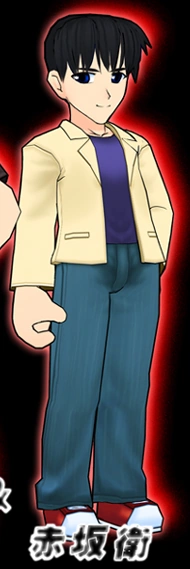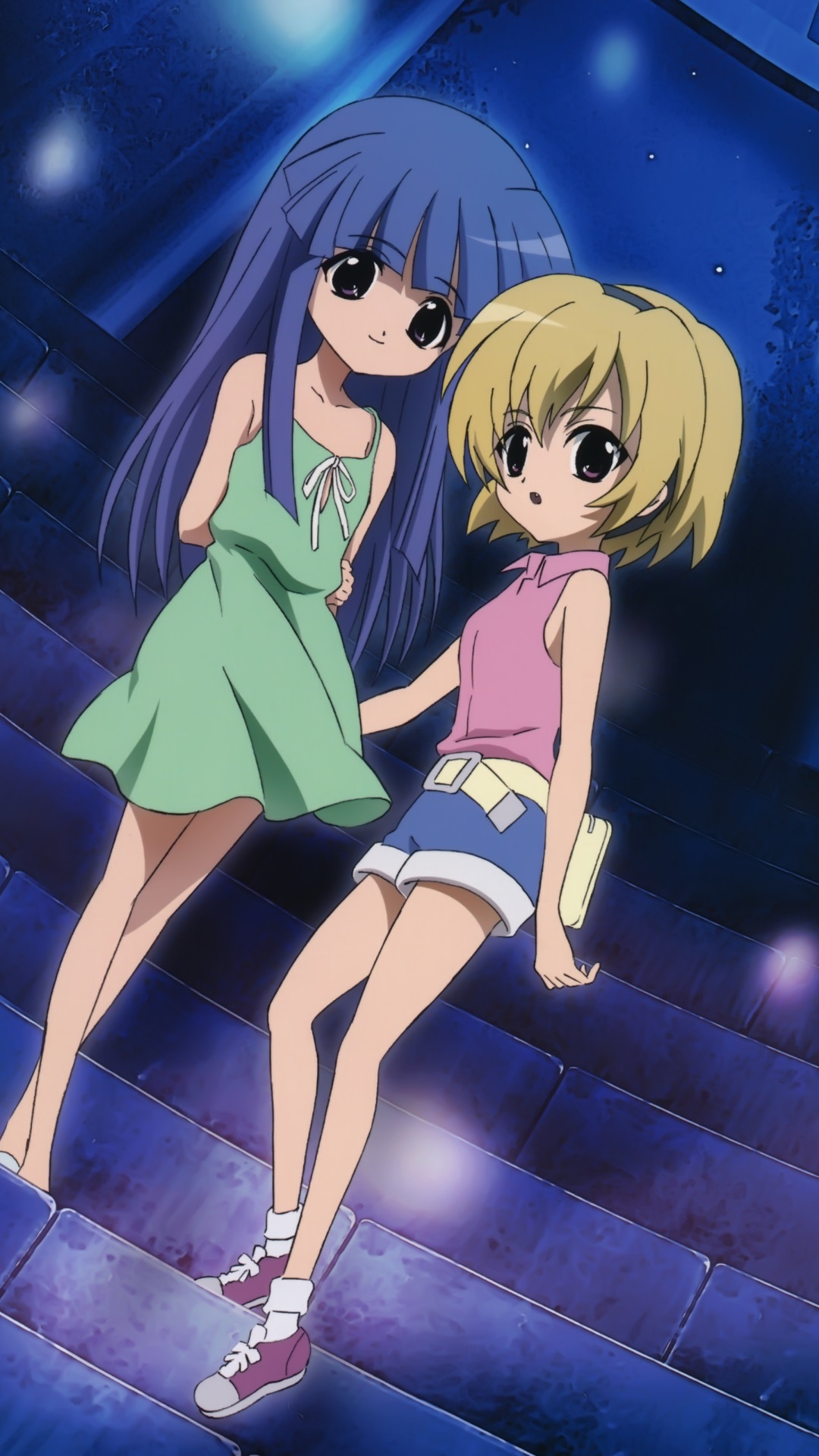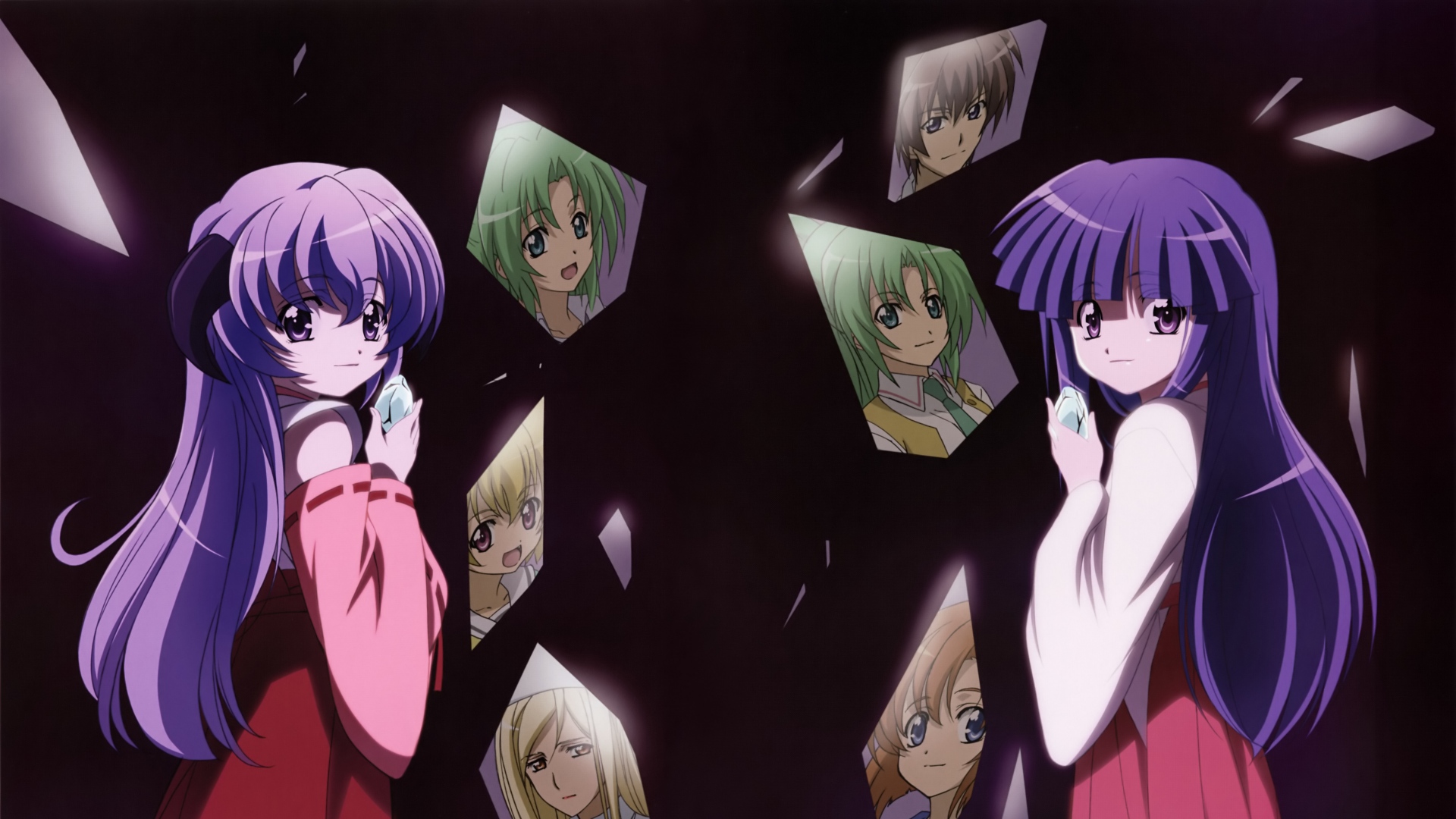

In her case, however, it is very much from a position of self-preservation. It’s hard to see her as anything other than a pint-sized Cassandra, delivering woefully accurate predictions that, despite the way she goes about getting Akasaka to listen to her, fall upon deaf ears. It also has a fun time showing the very staid beginnings of the cotton drifting festival, a far cry from their modern incarnation.Īnd then there’s Rika. I love how it plays with its own conventions - everything that happens during the hospital section is creepy as hell, but then turns out to be merely eerie, coming from an angle that you would never suspect.


It’s a great way to add weight to a prequel, which I tend to be not terribly fond of because they typically only set up dominoes that have already fallen previously. This time out Higurashi has an absolute field day with that notion, putting Akasaka into every kind of situation imaginable to suggest that his luck might run out at any moment. The benefit of doing a prequel with a character who hasn’t shown up in the present day is that you don’t know if that’s because of a sneaky author or an inherently doomed protagonist. Once it’s all over, Rika has some stark, strange words for Akasaka. The villagers get what they want, but the kidnapping still hasn’t been resolved. You will deeply regret having come to this village.Ī sentiment so true that the Hinamizawa Chamber of Commerce ought to put it on the tourist brochures.


 0 kommentar(er)
0 kommentar(er)
